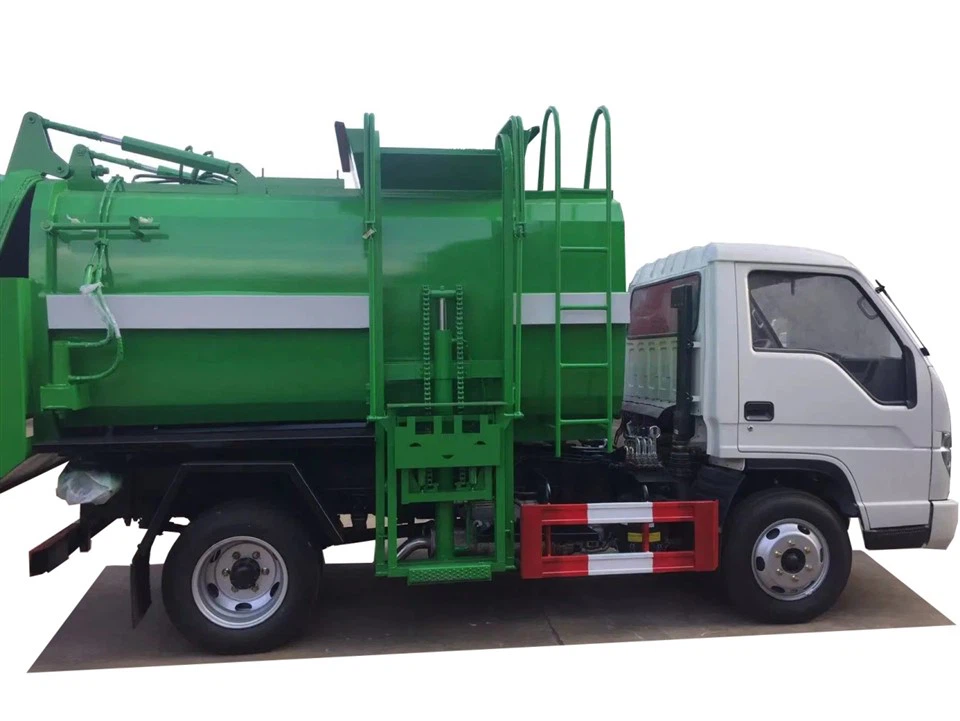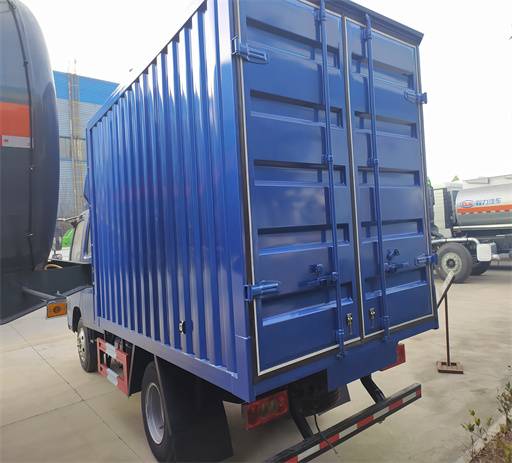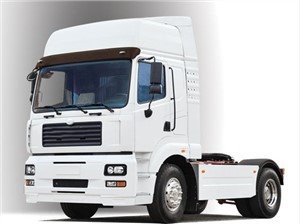Exploring the World of Mini Garbage Trucks: A Comprehensive Guide

Introduction
In today’s urban landscape, efficient waste management is more crucial than ever. Enter the mini garbage truck, a compact and versatile solution that effectively navigates tight spaces while ensuring sanitary conditions. This article delves deep into the world of mini garbage trucks, covering their features, benefits, types, and best practices for use.
What is a Mini Garbage Truck?
A mini garbage truck is a smaller version of traditional garbage trucks specifically designed for urban environments, tight streets, and smaller waste collection tasks. These vehicles provide the same functionality as larger counterparts but come with a range of advantages, such as improved maneuverability and lower operational costs.
Characteristics of Mini Garbage Trucks
- Compact size for navigating confined areas
- Versatile for various waste types: residential, commercial, and municipal
- Eco-friendly options available, including electric and compressed natural gas (CNG) models
- Customizable body types for specific waste management needs
Benefits of Using Mini Garbage Trucks
Enhanced Maneuverability
Mini garbage trucks can efficiently navigate busy streets, narrow alleys, and crowded neighborhoods, reducing the chance of accidents.
Cost Efficiency
With lower fuel consumption and maintenance costs, mini garbage trucks can significantly reduce the overall waste management budget.

Improved Waste Collection
These trucks handle different types of waste, making them ideal for specialized waste collection tasks, ensuring that the waste is managed without delays or issues.
Environmental Impact
Many mini garbage trucks are available in electric or hybrid models, promoting a cleaner environment by reducing greenhouse gas emissions.
Types of Mini Garbage Trucks
| Type | Description | Typical Use Cases |
|---|---|---|
| Loader Mini Trucks | Equipped with a front loader mechanism for efficient loading. | Residential waste collection and construction site clean-up. |
| Side Loader Mini Trucks | Features a side-loading mechanism for faster operation. | Urban waste collection where space is limited. |
| Rear Loader Mini Trucks | Incorporates a rear-loading design for heavy waste volumes. | Commercial waste collection and recycling operations. |
| Electric Mini Garbage Trucks | Powered by electricity, offering a zero-emission alternative. | Urban areas with strict environmental regulations. |
How to Choose the Right Mini Garbage Truck
Assess Your Needs
Before purchasing or renting a mini garbage truck, evaluate your waste management needs, including expected volumes, types of waste, and terrain.
Consider Capacity
Mini garbage trucks come in various sizes, typically ranging from 3 to 6 cubic meters. Choosing the right size is crucial for efficient waste collection.
Weight Limitations
When selecting a mini garbage truck, consider the weight limits of the vehicle, as exceeding these can lead to fines and operational issues.
Fuel Efficiency
Evaluate fuel options, as many models are available in diesel, gasoline, electric, and CNG variants. The right choice can influence long-term operational costs.
Maintenance Tips for Mini Garbage Trucks
Routine Inspections
Conduct daily inspections to identify any potential issues before they become significant problems. Check tires, brakes, and fluid levels regularly.
Service Schedule
Adhere to a routine maintenance schedule based on manufacturer recommendations to keep the truck in optimal working condition.
Repairs and Parts Replacement
Address minor repairs promptly and ensure that replacement parts are genuine and compatible with the truck model for the best performance.
Practical Examples of Mini Garbage Truck Use
Residential Waste Collection
Mini garbage trucks are ideal for residential areas with narrow streets, allowing for efficient garbage pick-up without obstructing traffic.
Commercial Recycling Programs
Businesses that participate in recycling programs utilize mini garbage trucks to collect recyclable waste without requiring larger vehicles.
Construction Site Cleanup
Contractors often use mini garbage trucks for quick clean-ups on construction sites where space is limited and waste must be removed promptly.
Comparing Mini Garbage Trucks to Standard Garbage Trucks
| Feature | Mini Garbage Truck | Standard Garbage Truck |
|---|---|---|
| Size | Compact and agile | Larger and bulkier |
| Fuel Efficiency | Generally more efficient | Higher fuel consumption |
| Maneuverability | Excellent in tight spaces | Limited in crowded areas |
| Cost | Lower operational costs | Higher purchase and maintenance costs |
Future of Mini Garbage Trucks
The future of mini garbage trucks looks promising as cities continue to grow and waste management remains a top priority. Advances in technology, such as improved battery systems in electric trucks and autonomous vehicles, will further enhance the efficiency and functionality of these essential waste collection tools.
Frequently Asked Questions
1. What factors influence the price of a mini garbage truck?
The price of a mini garbage truck can vary based on size, brand, fuel type, and additional features. Customizations and added technology can also affect the cost.

2. Are mini garbage trucks suitable for rural areas?
While primarily designed for urban environments, mini garbage trucks can also be used in rural areas, especially for residential and small community waste collection.
3. How do I find reliable mini garbage truck manufacturers?
Research various manufacturers online, read customer reviews, and attend trade shows or industry events to connect with reputable vendors. Recommendations from peers in waste management can also be helpful.
4. What is the average lifespan of a mini garbage truck?
With proper maintenance, a mini garbage truck can last 10 to 15 years, similar to standard garbage trucks, depending on use and care.
5. Can mini garbage trucks handle hazardous waste?
Some mini garbage trucks can be customized to handle hazardous waste, but it is essential to ensure compliance with local laws and safety standards.

6. What safety features should I look for in a mini garbage truck?
Look for features such as rear-view cameras, parking sensors, safety lights, and reinforced structures to enhance operator and pedestrian safety during operations.
